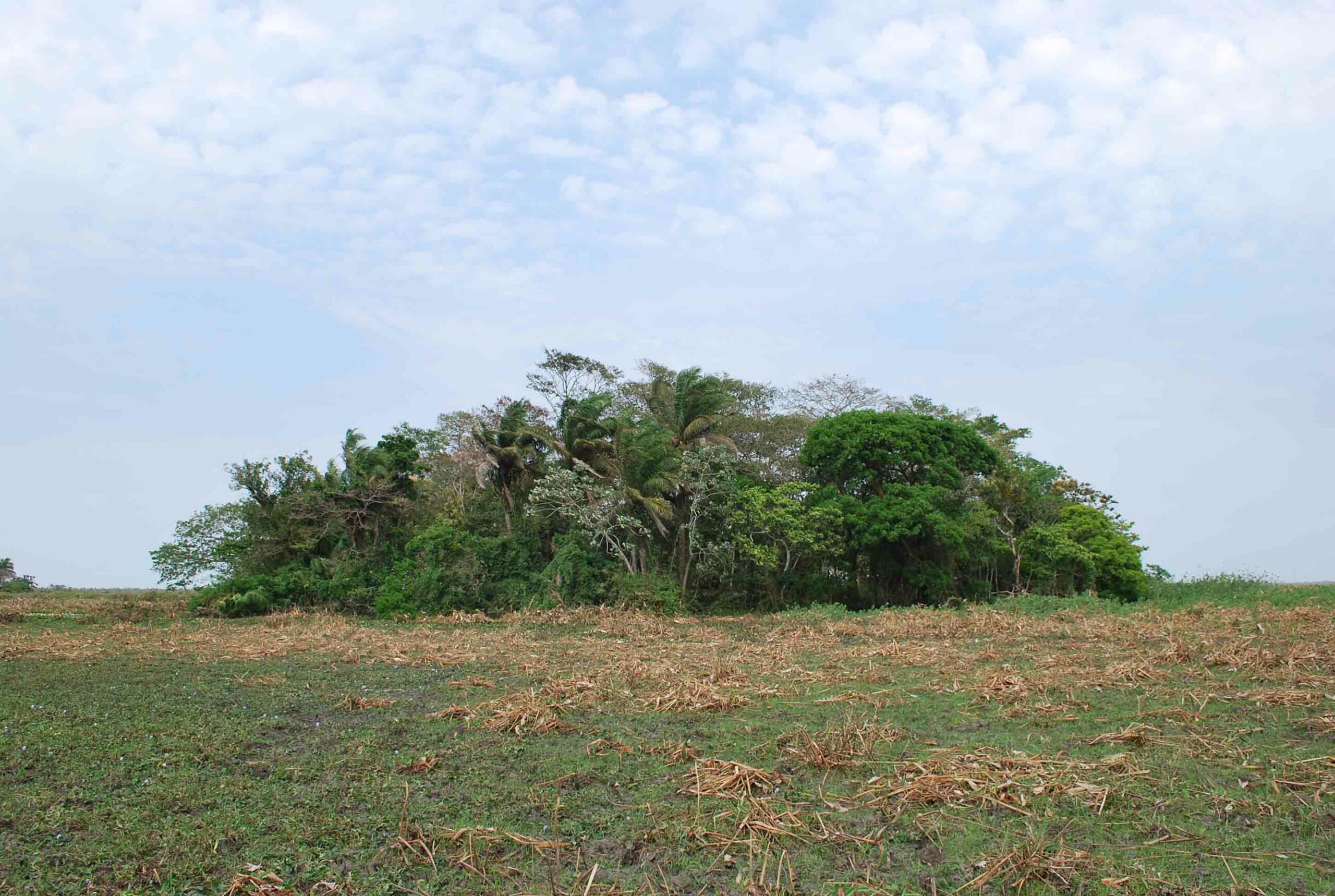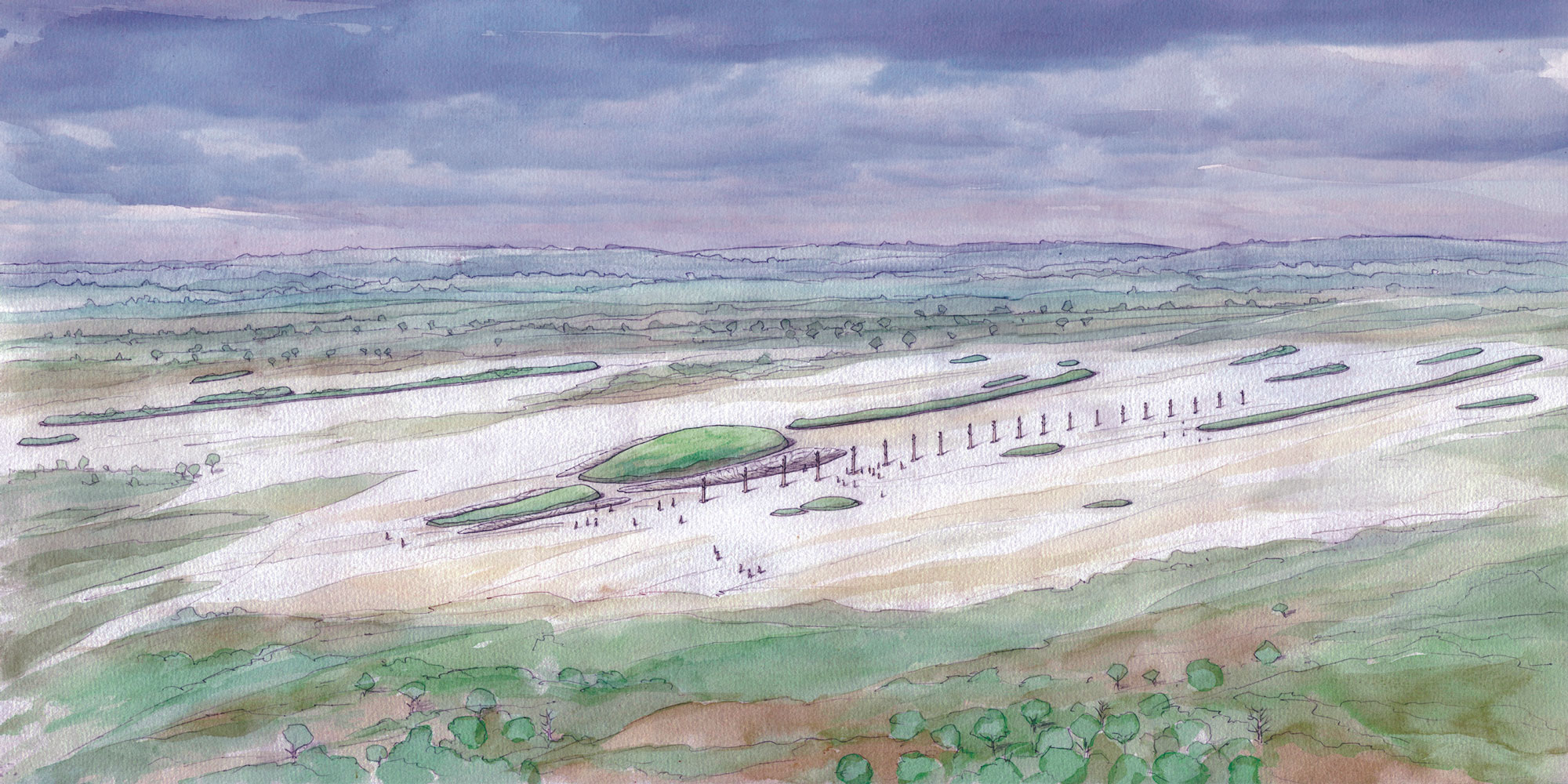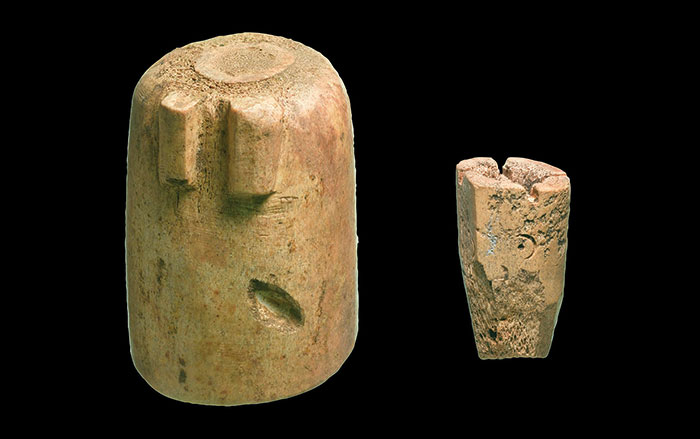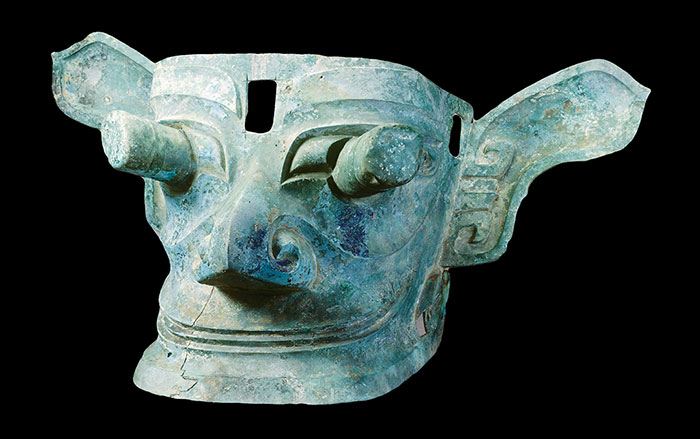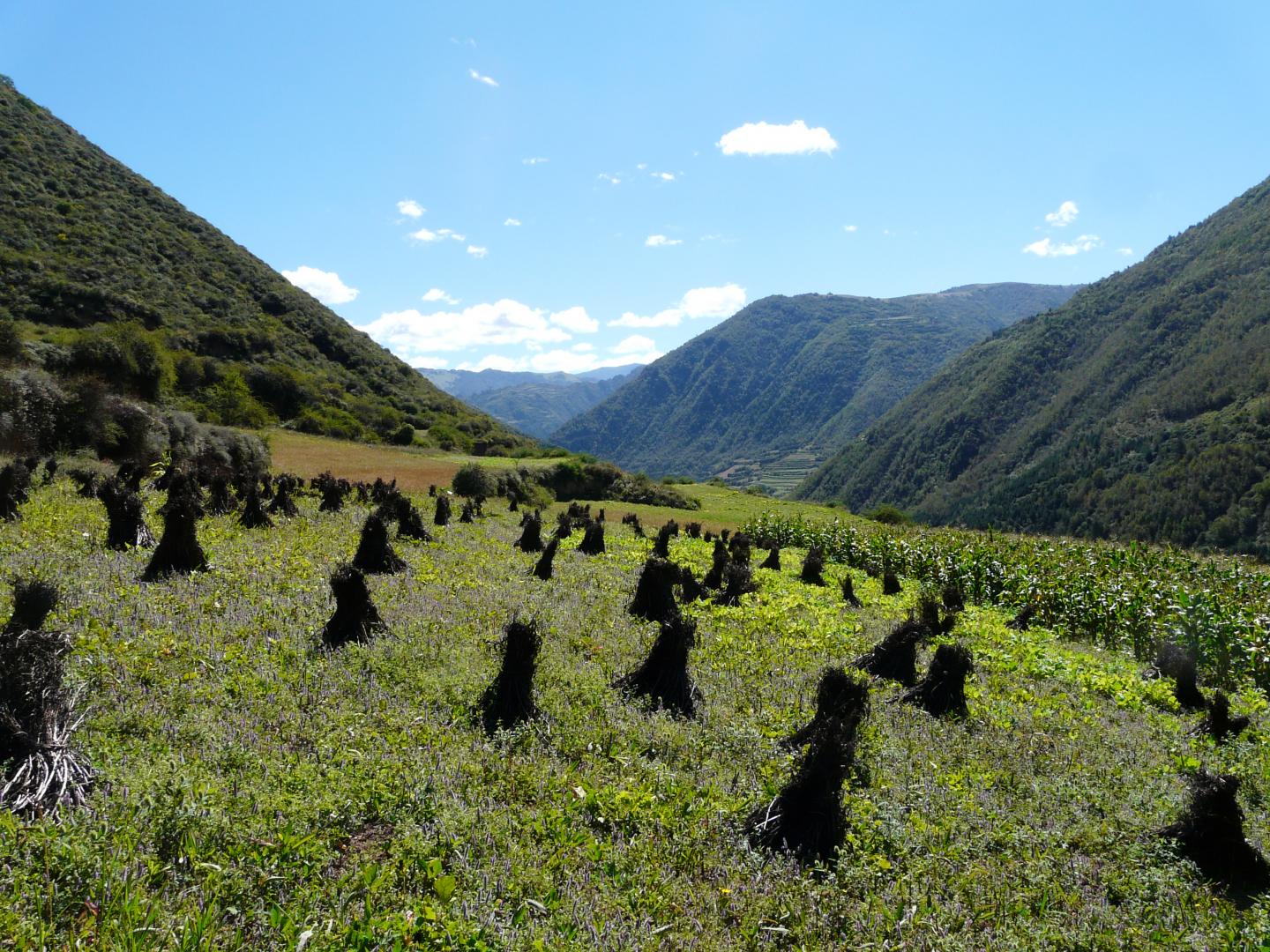
PULLMAN, WASHINGTON—Inhabitants of the Tibetan Plateau may have left in 2000 B.C. because of climate change, according to Jade D’Alpoim Guedes of Washington State University. She found that cooling temperatures would have made it impossible to grow millet, the primary food source. Farmers who moved into the region hundreds of years later would have been able to cultivate wheat and barley, which have overall lower heat requirements. “Wheat and barley came in at the opportune moment, right when millets were losing their ability to be grown on the Tibetan Plateau,” Guedes said in a press release. “The introduction of wheat and barley really enabled Tibetan culture to take the form it has today, and their unique growth patterns may have played a crucial role in the spread of these crops as staples across the vast region of East Asia,” she added. Now that the region is warming rapidly, millet may become useful again. For more on recent research into agriculture in the region, see "How to Thrive on the Roof of the World."


